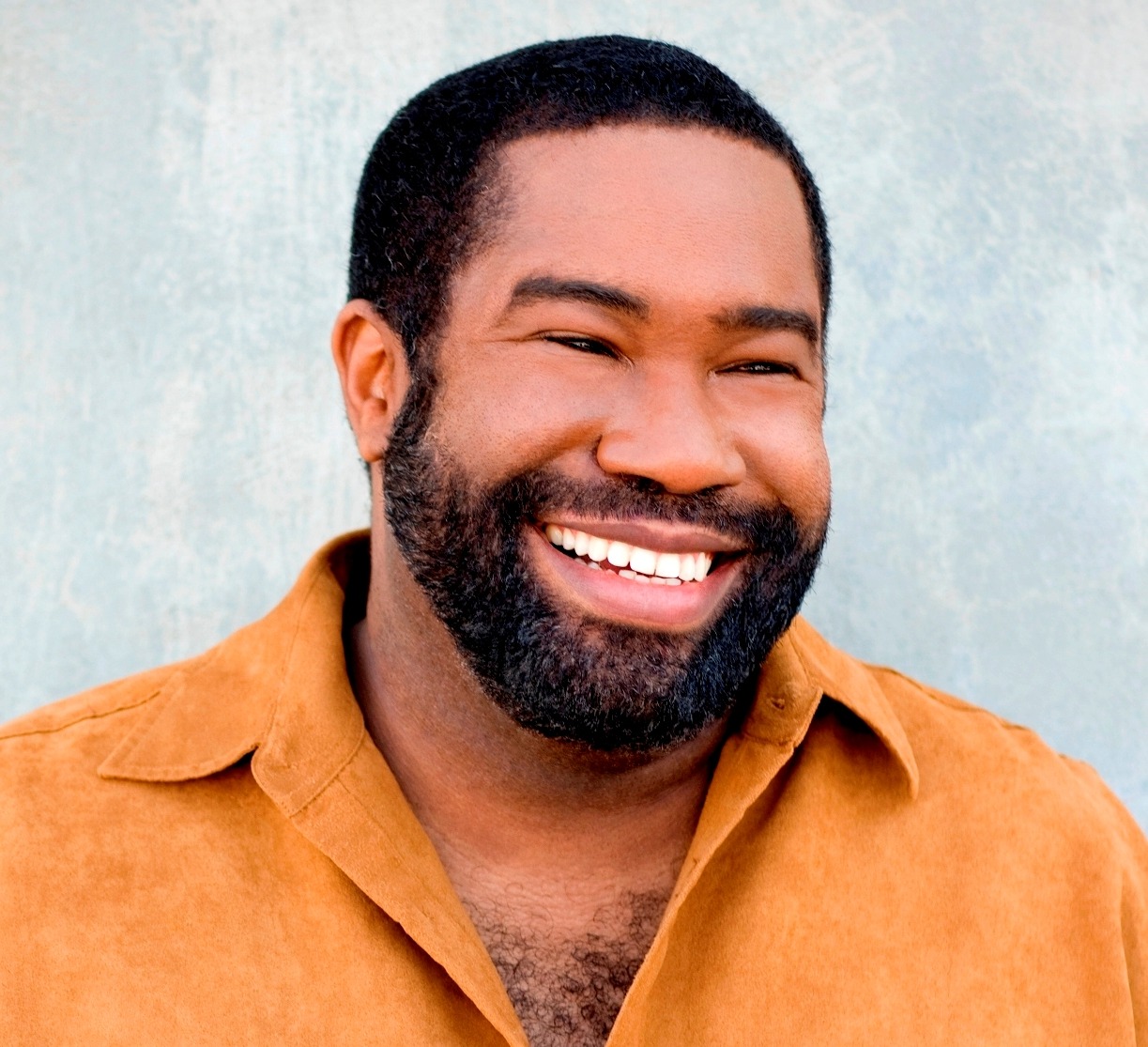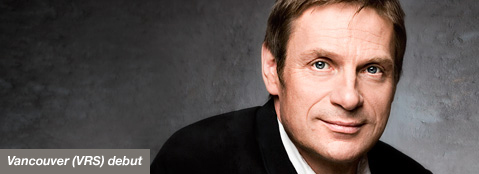Tag: opera
-

PROGRAM NOTES: ERIC OWENS, BASS-BARITONE
Eric Owens’ recital divides neatly into two halves – a German half and a French half, with the final song a true rarity that bridges the geographical and cultural divide. The German songs (Lieder) all tend to be of a dark, serious or melancholic nature, while the French songs (mélodies) are lighter, even airy and…
-

AN INTERVIEW WITH RODION POGOSSOV
Thank you for taking time out of your busy schedule. Where are you today? I’m in Hamburg right now, singing my first Verdi role in the opera “Don Carlos” at the Hamburgische Staatsoper. When did you realize you wanted a career in music? I was inspired at the age of 17 by my teacher and…
-

PROGRAM NOTES: RODION POGOSSOV
Alessandro Stradella: “Pietà, Signore” Orphaned at the age of eleven, Alessandro Stradella went on to lead one of the most colourful lives of any composer who ever lived. He was involved in Mafiaesque schemes, had a reputation for womanizing, got himself wounded by pursuing avengers, and was eventually murdered. In between all this he found…
-

GETTING TO KNOW: SIMON KEENLYSIDE
“I am a story teller, I am a narrator.” “I spend my entire working life dealing only with beauty; I rarely sing with a piece of music in front of me, so all of these beautiful songs are committed to memory.” Performing opera does not come without its risks: injuring his back in one…

